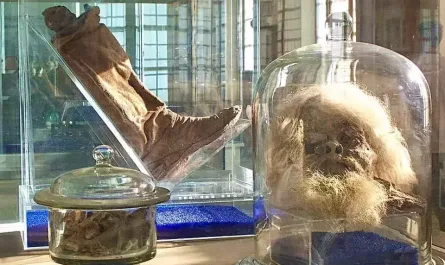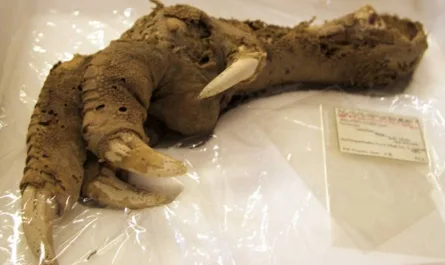Scientists Aim to Clone Extinct Lena Horse from 42,000-Year-Old Foal Found in Siberian Permafrost
In an extraordinary paleontological breakthrough, scientists in the Yakutia region of Siberia have unearthed a 42,000-year-old foal, perfectly preserved in the permafrost of the Batagaika Crater. This remarkable find, belonging to the extinct Lena horse (Equus lenensis), is hailed as one of the best-preserved Ice Age animals ever discovered, with liquid blood still present in its heart vessels, intact internal organs, and even its dark brown hair, tail, and mane remarkably preserved. Now, researchers are embarking on an ambitious mission to clone this long-extinct species, potentially bringing its lineage back to Earth after millennia.

A Frozen Time Capsule
The foal, estimated to be just one to two weeks old at the time of its death, was discovered in August 2018 during a Russian-Japanese expedition in the Batagaika Crater, a massive depression in Yakutia often dubbed the “Mouth of Hell” due to its eerie, tadpole-shaped formation. The foal likely drowned in mud that later froze into permafrost, preserving its body in near-pristine condition for over 42,000 years. Dr. Semyon Grigoryev, head of the Mammoth Museum at North-Eastern Federal University in Yakutsk, described the find as “the best-preserved Ice Age animal ever found in the world,” noting the rare preservation of its hair, a feature absent in previous ancient horse discoveries.
The foal’s dark brown coat, black mane, and tail, along with its well-preserved internal organs, provide an unparalleled snapshot of life during the Upper Paleolithic period. Radiocarbon dating confirmed its age, and the discovery of liquid blood in its heart vessels has sparked excitement among scientists, as it raises the possibility of extracting viable cells for cloning.
The Lena Horse: A Lost Lineage
The foal belongs to the extinct Lena horse, a species that roamed Siberia during the Late Pleistocene until around 5,000 years ago. Genetically distinct from modern Yakutian horses, the Lena horse was adapted to the harsh steppe-tundra environments of ancient Siberia, with a stocky build and thick coat similar to that of living Przewalski’s horses. Its diet, inferred from preserved remains, included sedges, mosses, and woody plants like birch and dwarf willow, and it likely used its hooves to clear snow for feeding, much like modern Yakutian horses.
The Lena horse diverged from the lineage of modern horses approximately 115,000 years ago, making it one of the most genetically distinct Eurasian horse lineages. The foal, standing just 38 inches (98 cm) at the shoulder, offers a rare opportunity to study this ancient species in unprecedented detail.
Cloning the Past: A Scientific Frontier
The discovery has ignited hopes of resurrecting the Lena horse through cloning, a collaborative effort between North-Eastern Federal University and South Korea’s Sooam Biotech Research Foundation. The team, led by Dr. Grigoryev, has extracted liquid blood and is working to isolate viable somatic cells from the foal’s muscle


